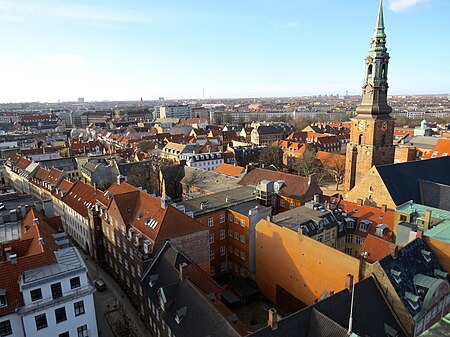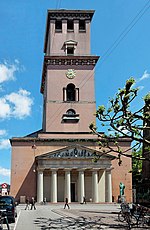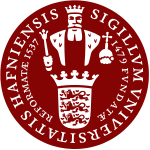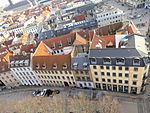The University of Copenhagen (Danish: Københavns Universitet, abbr. KU) is a prestigious public research university in Copenhagen, Denmark. Founded in 1479, the University of Copenhagen is the second-oldest university in Scandinavia after Uppsala University, and ranks as one of the top universities in the Nordic countries, Europe and the world.Its establishment sanctioned by Pope Sixtus IV, the University of Copenhagen was founded by Christian I of Denmark as a Catholic teaching institution with a predominantly theological focus. In 1537, it was re-established by King Christian III as part of the Lutheran Reformation. Up until the 18th century, the university was primarily concerned with educating clergymen. Through various reforms in the 18th and 19th century, the University of Copenhagen was transformed into a modern, secular university, with science and the humanities replacing theology as the main subjects studied and taught.The University of Copenhagen consists of six different faculties, with teaching taking place in its four distinct campuses, all situated in Copenhagen. The university operates 36 different departments and 122 separate research centres in Copenhagen, as well as a number of museums and botanical gardens in and outside the Danish capital. The University of Copenhagen also owns and operates multiple research stations around Denmark, with two additional ones located in Greenland. Additionally, The Faculty of Health and Medical Sciences and the public hospitals of the Capital and Zealand Region of Denmark constitute the conglomerate Copenhagen University Hospital.A number of prominent scientific theories and schools of thought are namesakes of the University of Copenhagen. The famous Copenhagen Interpretation of quantum mechanics was conceived at the Niels Bohr Institute, which is part of the university. The Department of Political Science birthed the Copenhagen School of Security Studies, which is also named after the university. Others include the Copenhagen School of Theology and the Copenhagen School of Linguistics.As of October 2022, 10 Nobel laureates and 1 Turing Award laureate have been affiliated with the University of Copenhagen as students, alumni or faculty. Alumni include one president of the United Nations General Assembly and at least 24 prime ministers of Denmark. The University of Copenhagen fosters entrepreneurship, and between 5 and 6 start-ups are founded by students, alumni or faculty members each week.











